The Arvada Chamber hosted the State of Transportation on July 21 as part of its Community Impact Forum series. Bob Fifer, Deputy Director of Operations at the Colorado Department of Transportation, provided a keynote overview of CDOT updates, challenges, and future plans.
A panel followed, moderated by Fifer. The panel included Bill Haas (Program Development Manager at the Federal Highway Administration), Erica Denny (Freight Planner at CDOT – Freight Office), Jacob Riger (Multimodal Transportation Planning Manager at the Denver Regional Council of Governments), John Firouzi (Mobility & Planning Innovations Division Manager at the City of Arvada), and Ian Harwick (RTD Board of Directors).
Five key takeaways from the forum:
The average user delay on Colorado roads costs $163,000 per hour.
“We have over 9,000 miles linear miles of road that we have to maintain,” Fifer noted in his keynote opening. Every minute there is a crash that blocks a lane of highway in Colorado, it takes four minutes for the highway to return to a normal flow. That adds up to $163,000 in overall economic impact per hour.
“That’s your car idling, the value of your car, the value of your time, all of that,” said Fifer. The impact is greater for closures in tunnels, which average a $1 million economic impact on the mountain communities.
A record winter season led to a 15% increase in road incidents but, amazingly, a 9% decrease in closures.
Fifer mentioned that this past winter season ranked as the second worst of the last 50 seasons, with the CDOT Winter Operations Team managing 34 different storm events. CDOT counted 11,863 total incidents, a 15% increase from last winter. This past season, over 30% of CDOT’s $273M maintenance budget went to snow and ice teams.
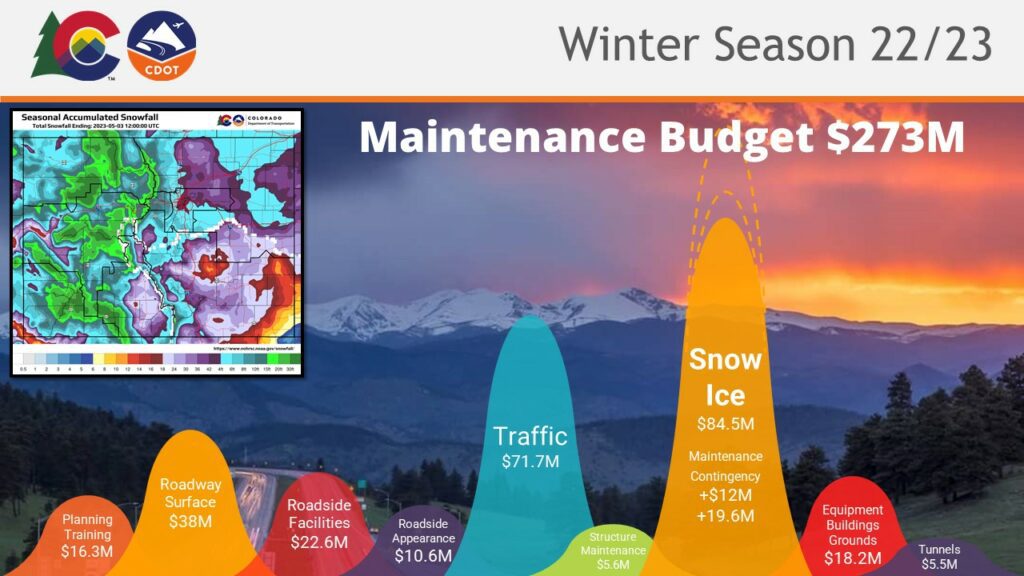
New CDOT hiring and retention strategies include a CDL licensure program and workforce housing.
CDOT has worked hard over the last year to improve recruitment efforts, dropping a vacancy rate in August 2022 from 37% to 18% this past May.
One successful recruitment strategy has been CDOT’s ELDT (CDL) Licensure program. It’s a first-of-its-kind program that has provided licenses to over 200 plow operators since March 2022. The graduation rate for the program is 94%, with a retention rate of 90%. By next month, Fifer says CDOT will count over 250 drivers that have taken the class.
Another successful strategy has been workforce housing. CDOT has increased its stipend for housing on certain positions and is working in mountain communities to build dedicated new construction for employees. One such community coming in Fall 2024 is an employee housing complex in downtown Frisco that will house 22 CDOT and the Town of Frisco employees and their families.
In Colorado, over 70% of freight is only moved via truck.
The four primary modes of transportation in logistics are shipments by truck, ship, train and plane. In Colorado, over 70% of freight is moved only by truck, according to Denny. “The remainder of that hits a truck at some point,” says Denny. Over 79.4% of Colorado communities depend exclusively on trucks to move their goods. Denny mentions that with any significant delay, “suddenly your two-day Amazon isn’t going to happen. Suddenly your grocery stores aren’t going to be full. It only takes a day for grocery stores to really show that they don’t have any transportation. So many people don’t understand what it is that we’re doing every day. All we have to do is shut down for 48 hours and everything would cease in a week and you couldn’t get anything.”
Freight is also a significant job creator in Colorado. In 2017, the state’s trucking industry provided 110,200 jobs, or 1 out of 20 in the state. As of April 2017, there were over 13,180 trucking companies located in Colorado, most of them small, locally-owned businesses.
Last year in Colorado was the highest year on record for highway fatalities.
During the panel, Haas and Riger alluded to crash numbers going up post-pandemic. Speeds increase when you have fewer vehicles on the road,” said Haas. “People drove faster and they drove recklessly and they drove distracted.” He mentioned applying the Safe System approach, which involves anticipating human mistakes by designing and managing road infrastructure to keep the risk of a mistake low. The five elements of the Safe Systems approach are safe road users, safe vehicles, safe speeds, safe roads, and post-crash care.
“Major injuries with motorcycles, bicyclists and pedestrians are one of the reasons [for the high highway fatality numbers]. We have more people out there using other modes, which is what we’re encouraging, so therefore we need to have a safer system so those users are not injured.”
An additional solution, mentions both Firouzi and Harwick, is the increased use of public transportation. Hawrick notes that on July 25, RTD will vote to lower the fee structure, including a proposal for those aged 9 and under to ride for free.
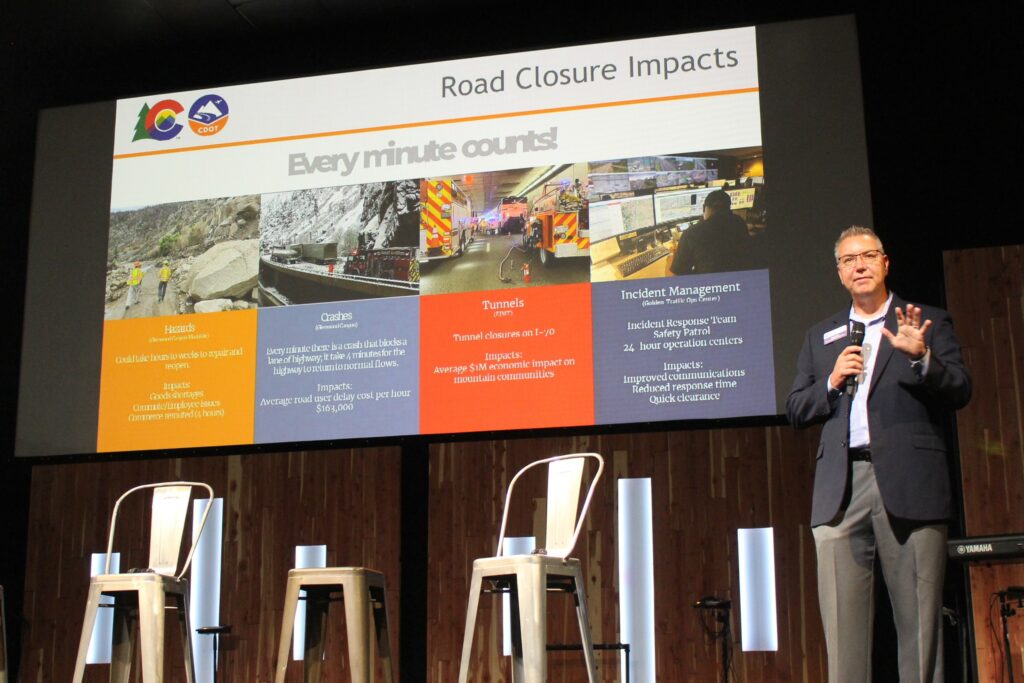
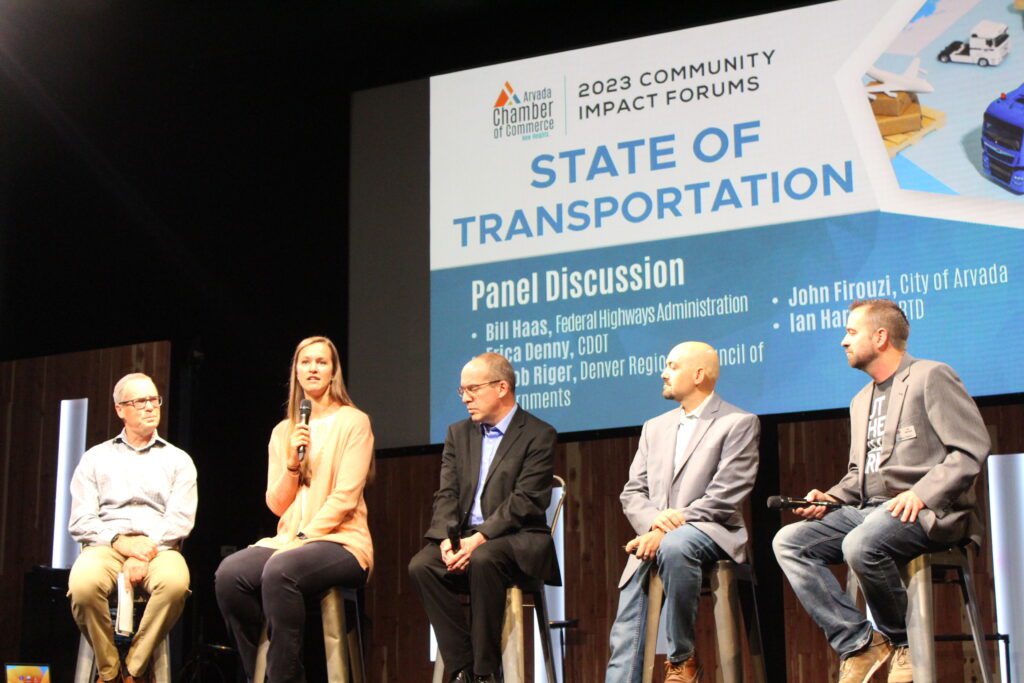
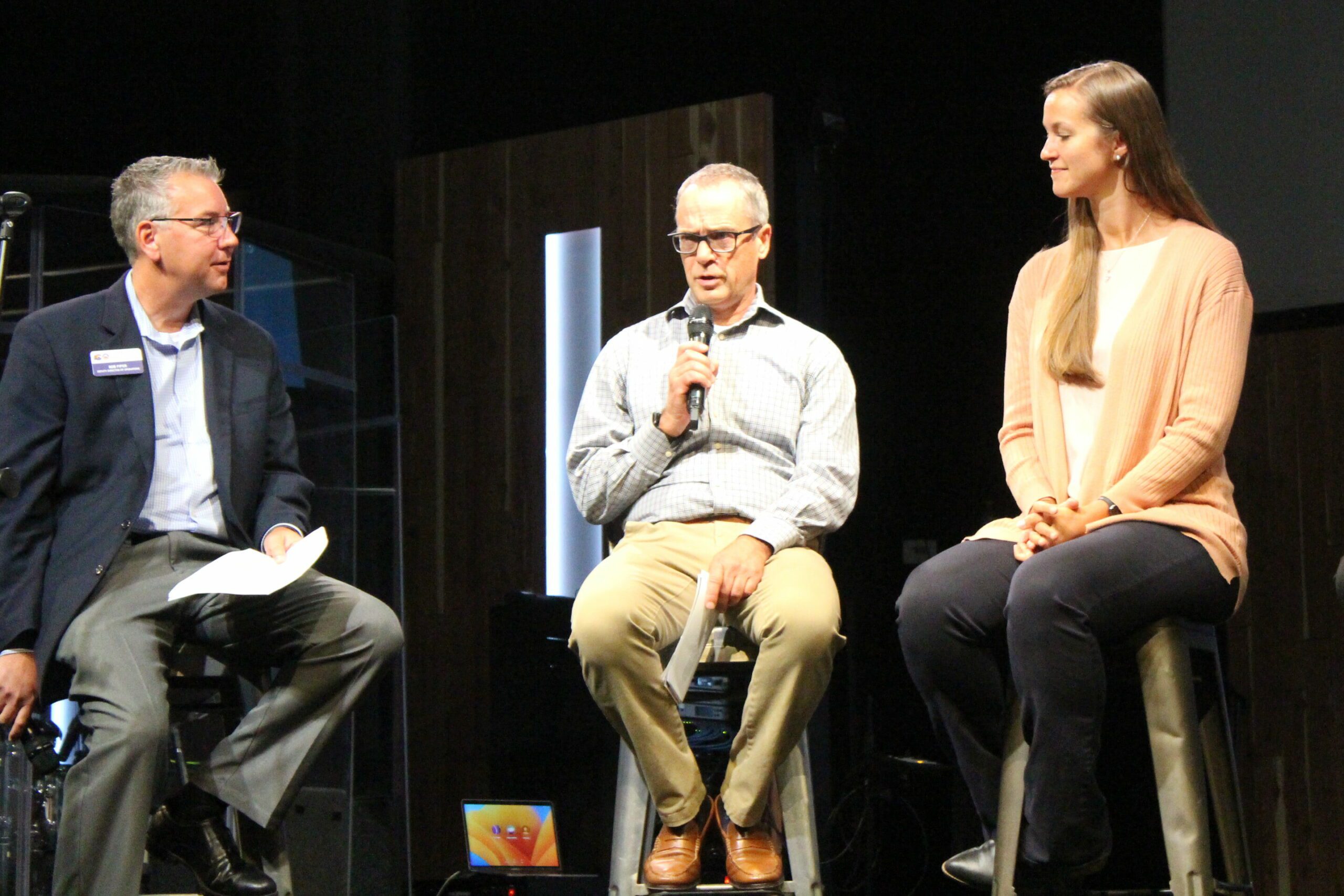
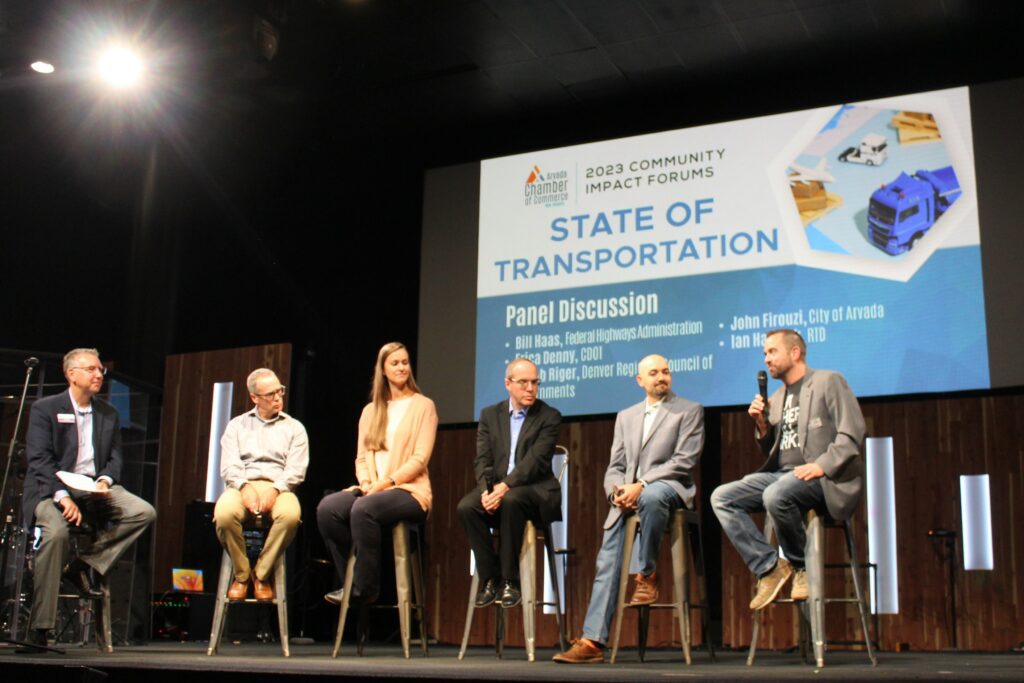
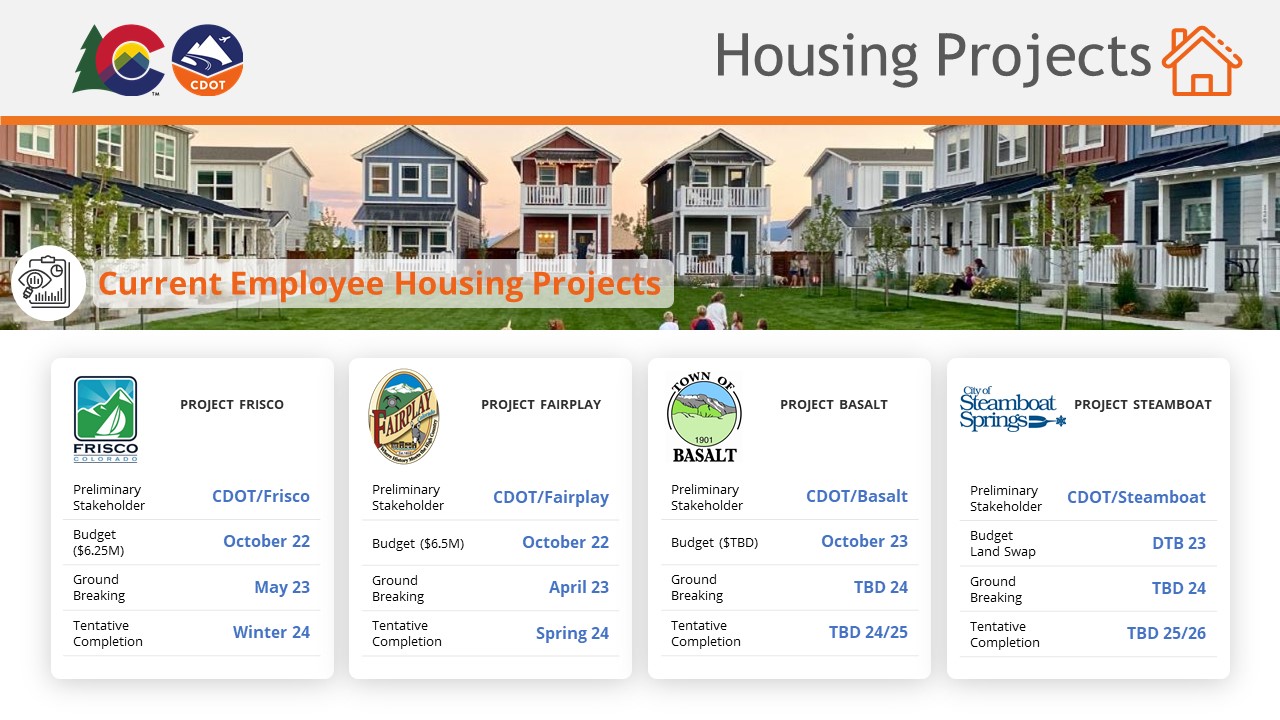


0 Comments